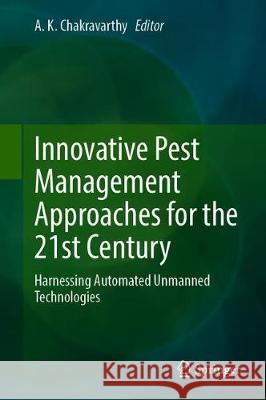Innovative Pest Management Approaches for the 21st Century: Harnessing Automated Unmanned Technologies » książka
topmenu
Innovative Pest Management Approaches for the 21st Century: Harnessing Automated Unmanned Technologies
ISBN-13: 9789811507939 / Angielski / Twarda / 2020 / 519 str.
Innovative Pest Management Approaches for the 21st Century: Harnessing Automated Unmanned Technologies
ISBN-13: 9789811507939 / Angielski / Twarda / 2020 / 519 str.
cena 805,10
(netto: 766,76 VAT: 5%)
Najniższa cena z 30 dni: 771,08
(netto: 766,76 VAT: 5%)
Najniższa cena z 30 dni: 771,08
Termin realizacji zamówienia:
ok. 22 dni roboczych
Dostawa w 2026 r.
ok. 22 dni roboczych
Dostawa w 2026 r.
Darmowa dostawa!
Kategorie:
Kategorie BISAC:
Wydawca:
Springer
Język:
Angielski
ISBN-13:
9789811507939
Rok wydania:
2020
Wydanie:
2020
Ilość stron:
519
Waga:
0.85 kg
Wymiary:
23.83 x 16.1 x 2.41
Oprawa:
Twarda
Wolumenów:
01











